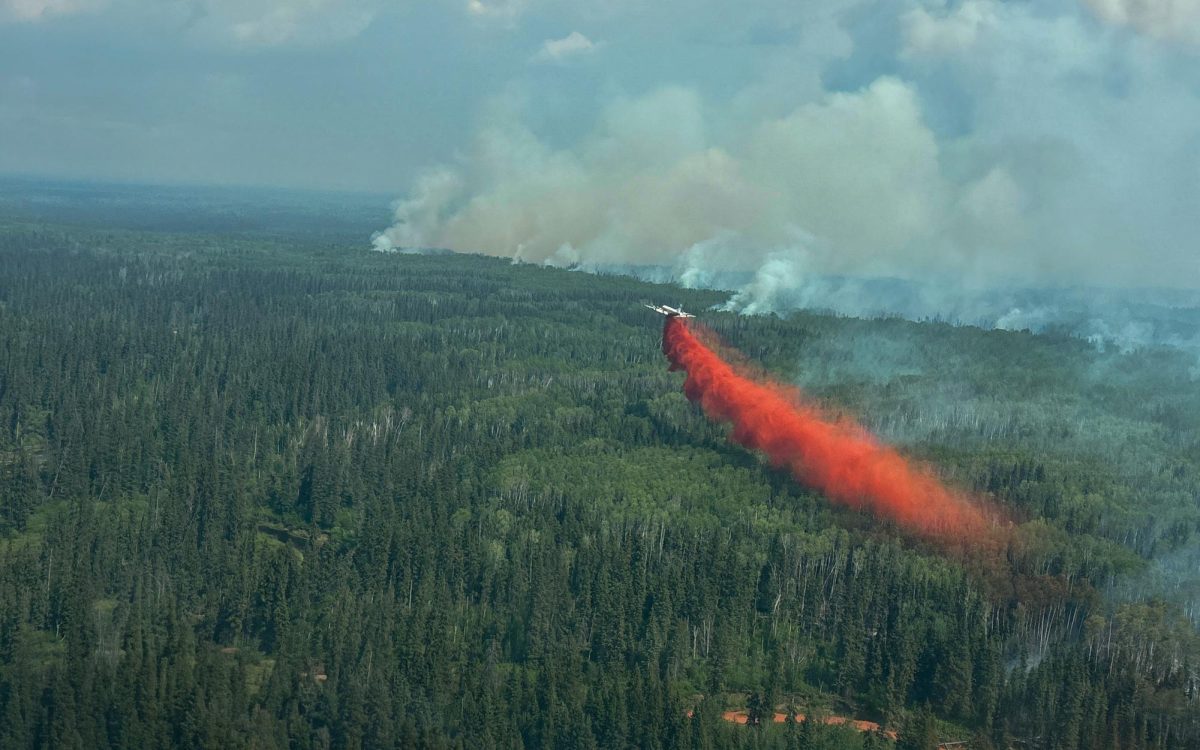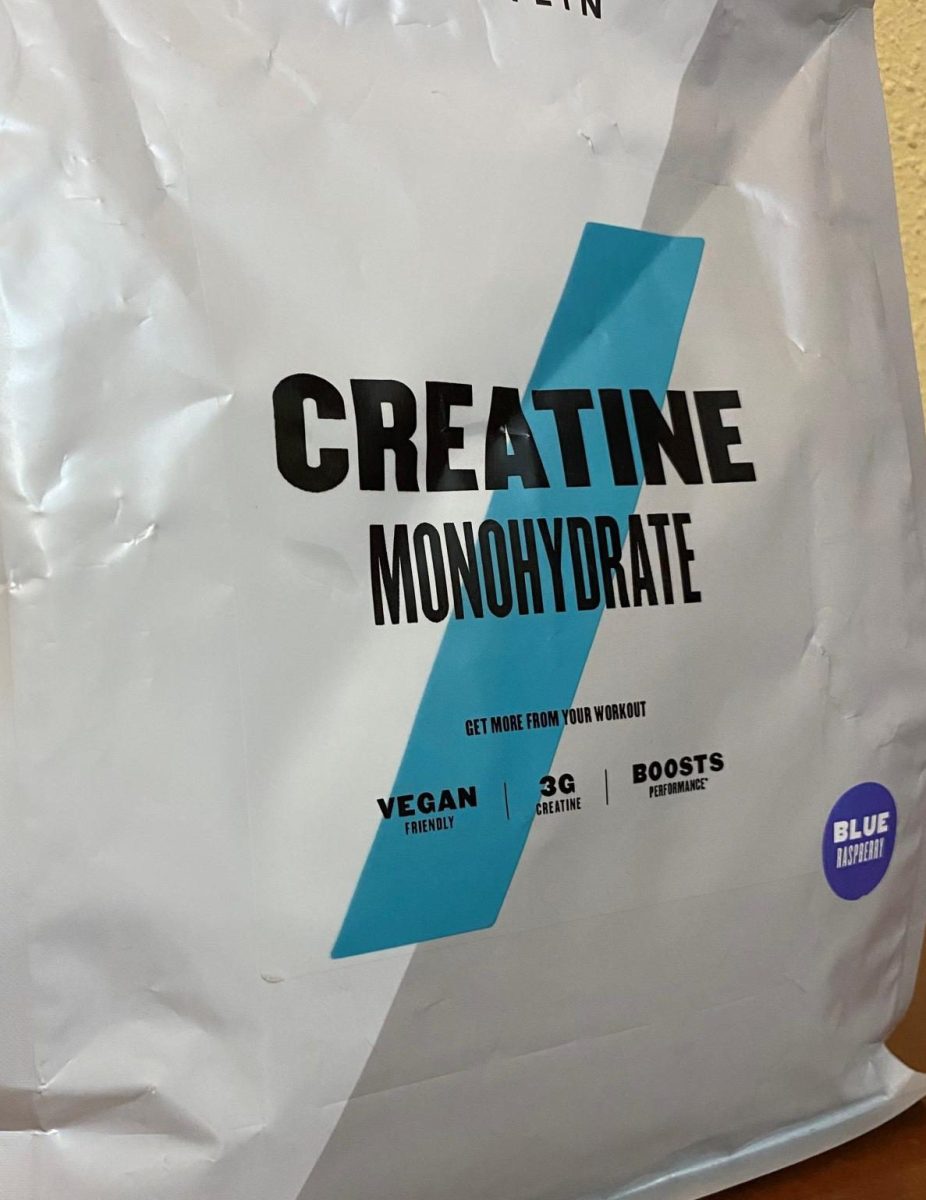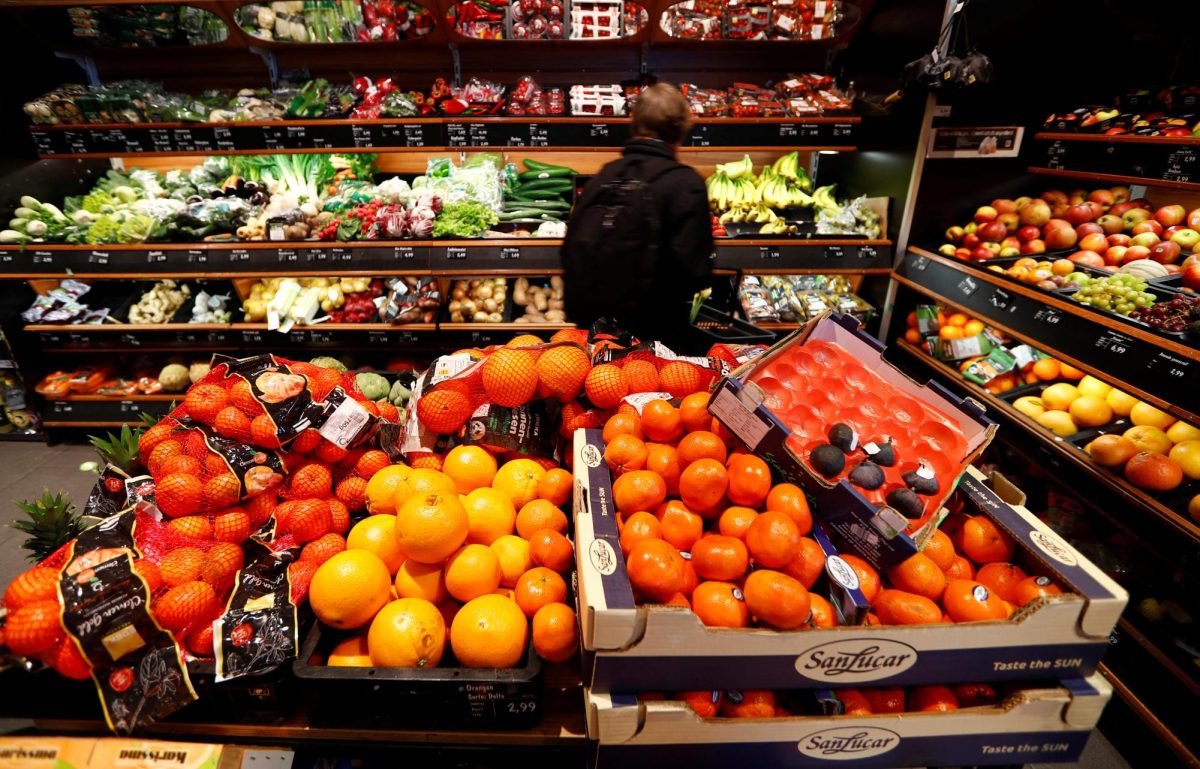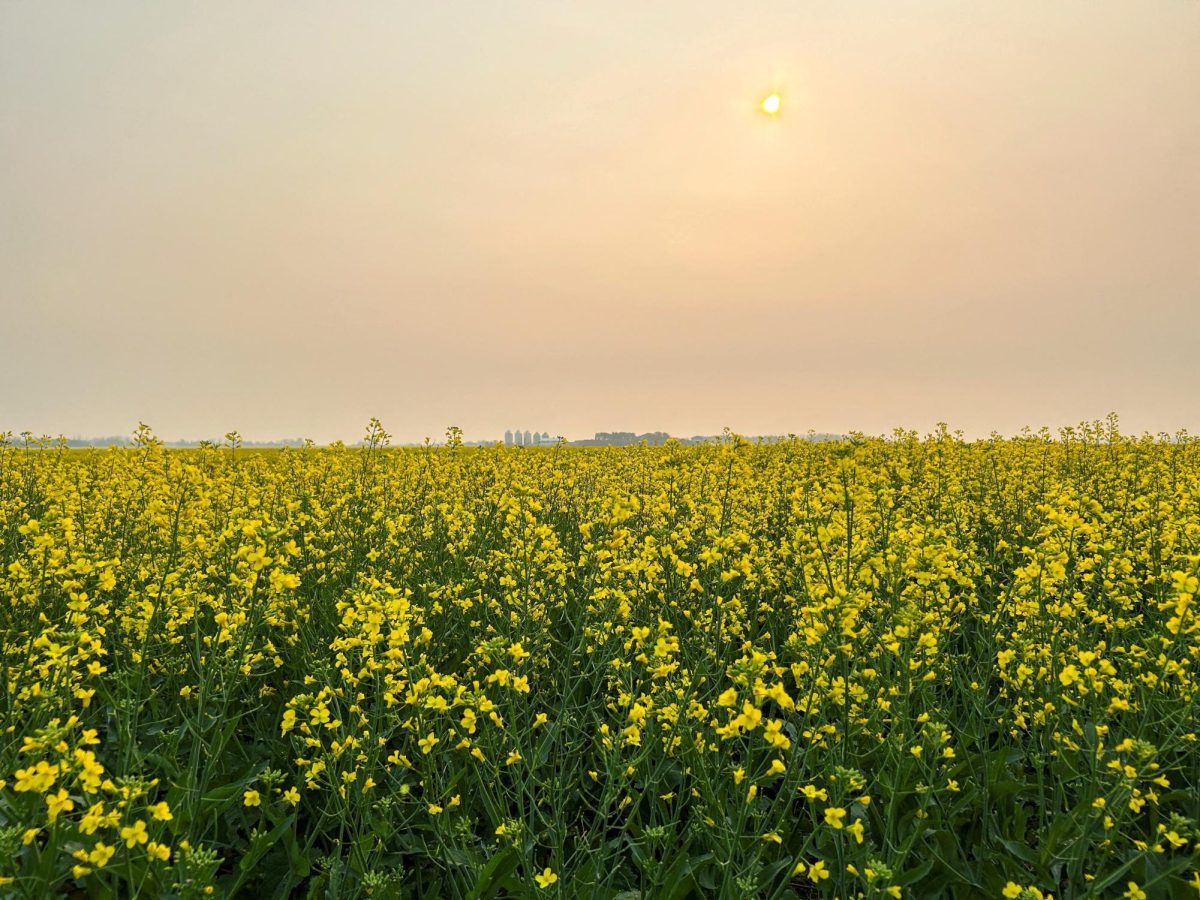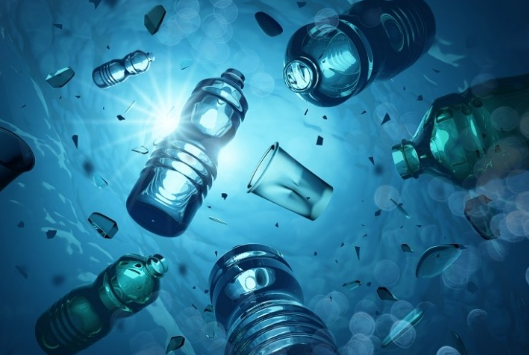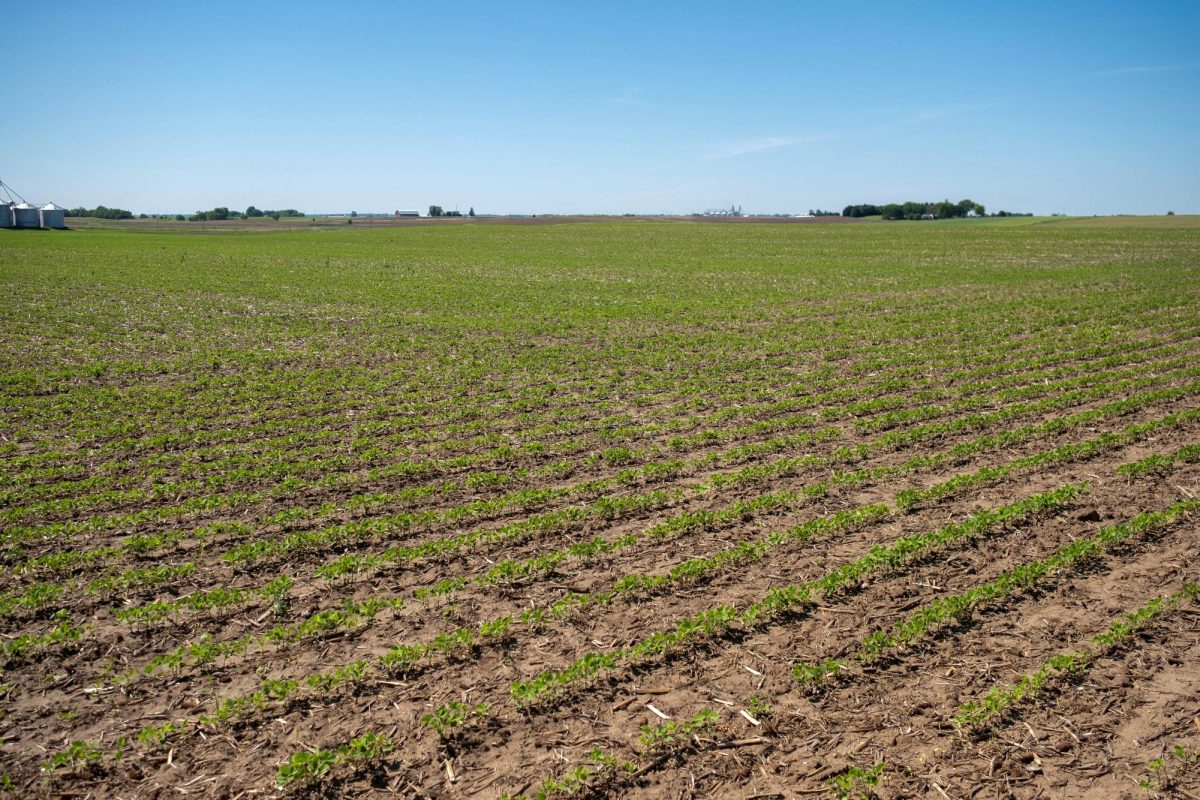Recycling is “the action or process of converting waste into reusable material” (Oxford Languages).
This process makes head way on sustainability, but it does not fully solve the issue of biodegradability. How much time does it take plastic to breakdown? According to National Geographic, “91% of all plastic that has ever been made is not recycled,” and “plastic takes 400 years to decompose, and it will be many generations until it ceases to exist.” This static is important because the plastic materials are not going to the right places to decompose.
With that, the 400 years the plastic takes to decompose, the landfills fill up overflow. The rate at which plastics are produced is “more than 430 million tons of plastic annually, two-thirds of which are short-lived products that soon become waste, filling the ocean and, often, working their way into the human food chain” that damages the environment. The global plastic waste production has more than doubled since 2000 to 2019 that has become 460 million tons.

The plastic industry is “3.4% of global greenhouse gas emissions” (The Organization for Economic Cooperation and Development). The packaging industry has fueled the problem as the plastic absorbs most of the impact instead of the products inside boxes. The plastic waste is furthered because of the time constraint causing there to be more plastic than decomposed materials. From The Organization for Economic Cooperation and Development, “Nearly two-thirds of plastic waste comes from plastics with lifetimes of under five years, with 40% coming from packaging, 12% from consumer goods and 11% from clothing and textiles.”
What happens to the waste? Does it actually get recycled?
The organization found, “Only 9% of plastic waste is recycled (15% is collected for recycling but 40% of that is disposed of as residues). Another 19% is incinerated, 50% ends up in landfill and 22% evades waste management systems and goes into uncontrolled dumpsites, is burned in open pits or ends up in terrestrial or aquatic environments, especially in poorer countries.” This is devastating to the quality of water and to the sea life as many animals get caught up in the trash.
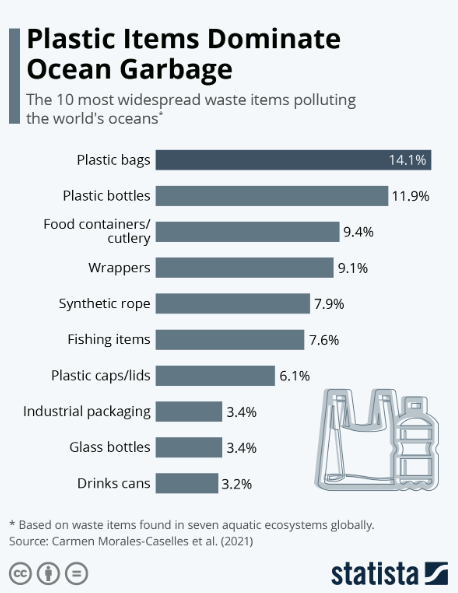
Being released into the ocean, the trash reacts with the sea life and is called invasive species. Invasive species impede and feed on the native water life, causing a new food chain and ecosystem. Back in 2019, “6.1 million tons (Mt) of plastic waste leaked into aquatic environments and 1.7 Mt flowed into oceans. There is now an estimated 30 Mt of plastic waste in seas and oceans, and a further 109 Mt has accumulated in rivers. Only 9% of plastic waste is recycled (15% is collected for recycling but 40% of that is disposed of as residues). Another 19% is incinerated, 50% ends up in landfill and 22% evades waste management systems and goes into uncontrolled dumpsites, is burned in open pits or ends up in terrestrial or aquatic environments, especially in poorer countries”(The Organization for Economic Cooperation and Development).
The world’s products that are produced with plastic is “more than 430 million tons of plastic annually, two-thirds of which are short-lived products that soon become waste, filling the ocean and, often, working their way into the human food chain.” The world’s fishing community has been plagued with mercury in the fish being too high. Mercury comes from the waste given from the plastic waste that changes the balances of the PH and gets into the aquatic life through the gills. From the fish to the table, people can get sick from the exposed sea food.
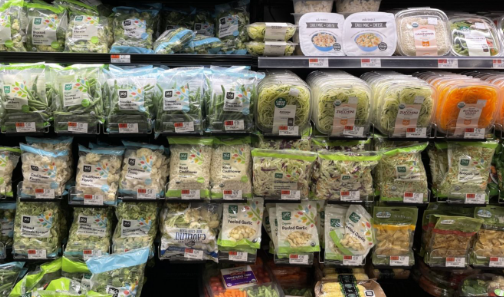
However, this is not the only type of recycling as food waste and clothing are apart of it, too. The food waste is “At the retail level, a shocking amount of food is wasted because of aesthetic reasons” (Earth Organization). In America, “more than 50% of all produce thrown away in the US is done so because it is deemed to be ‘too ugly’ to be sold to consumers- this amounts to about 60 million tons of fruits and vegetables” (Earth Organization). One way to combat the food waste issue is composting, which helps to decompose all of the material. Thus, recycling must look at all fronts to see the larger picture to save the environment.
What are some more ways we can all reduce, reuse, recycle better?

































